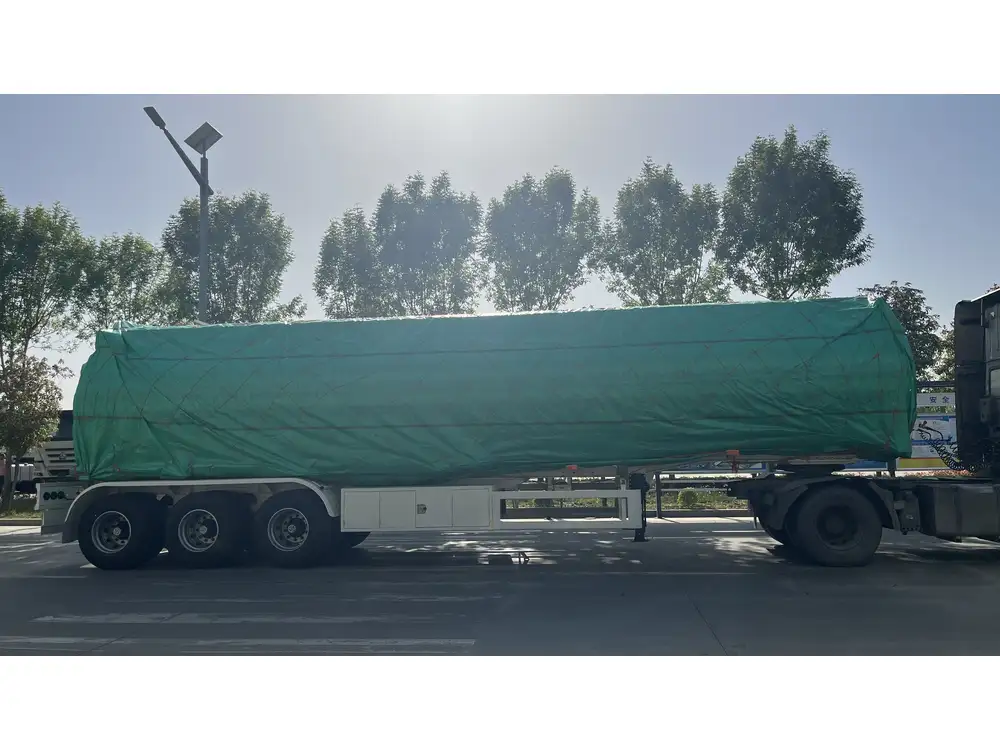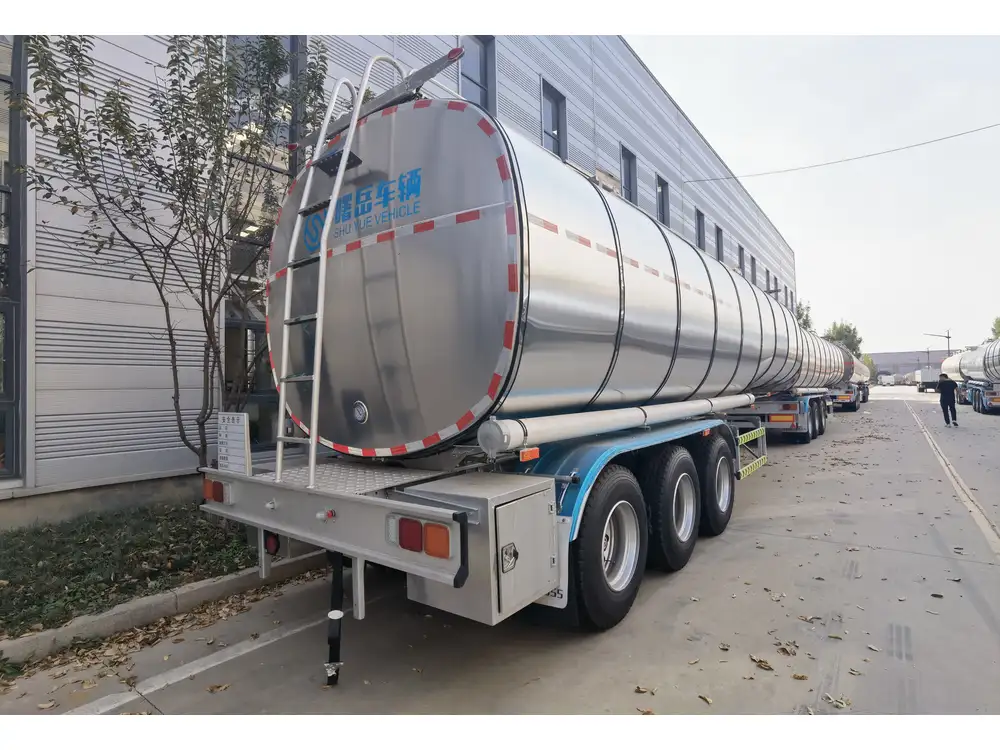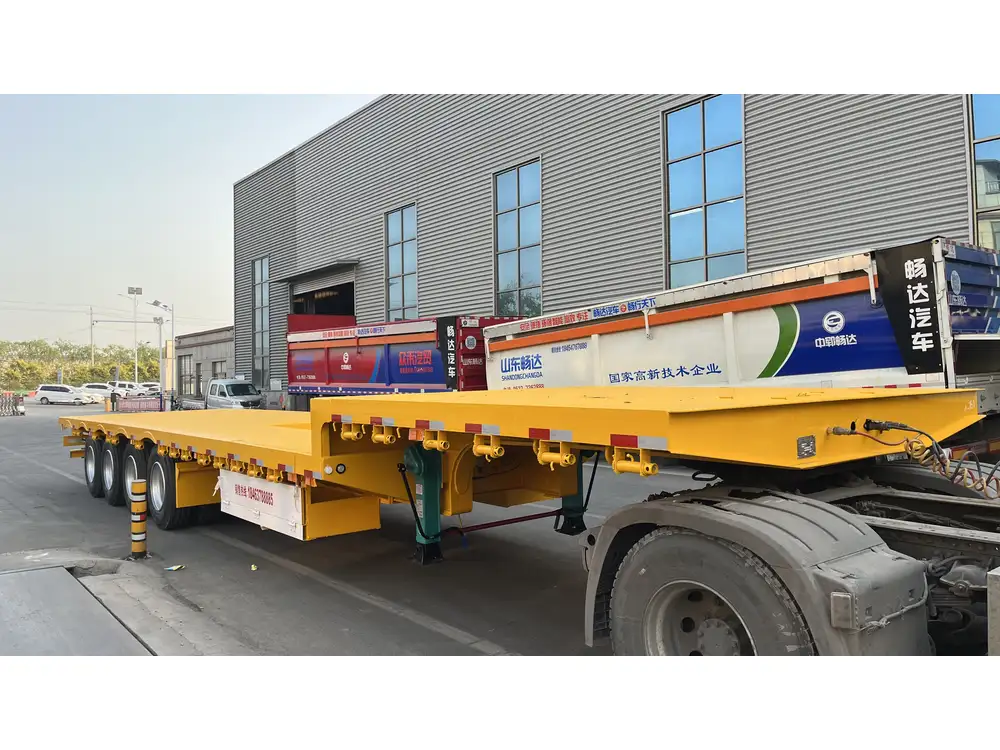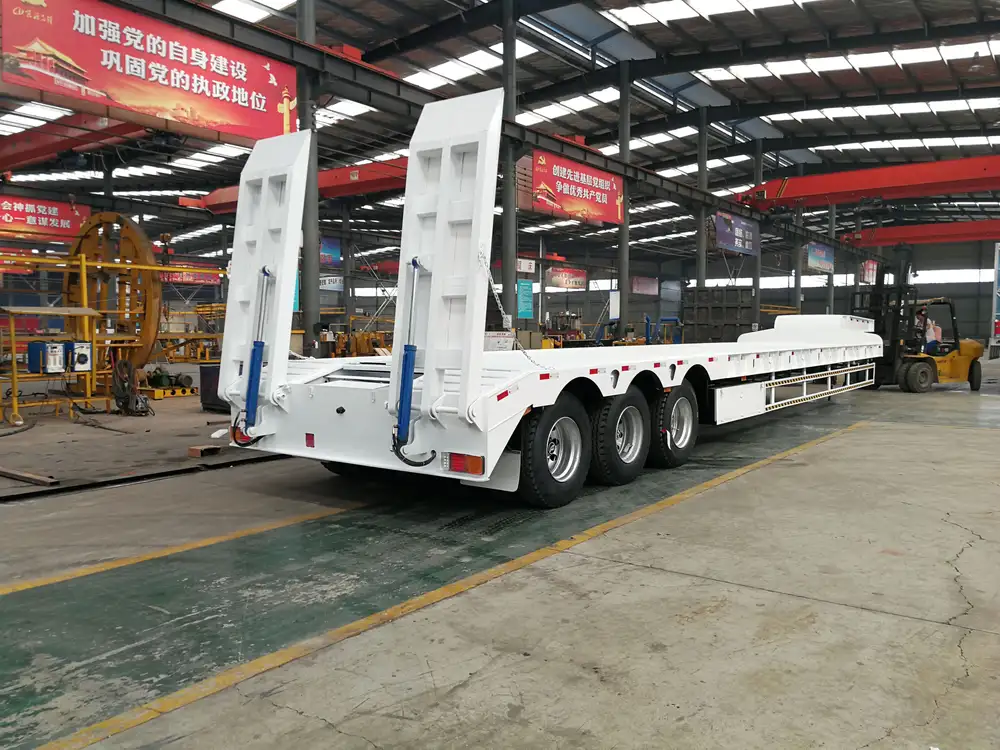When it comes to hauling materials, a dump trailer is an invaluable asset for contractors, landscapers, and DIY enthusiasts alike. One common inquiry among users is, “How many yards does a 14-foot dump trailer hold?” In this article, we will delve deep into this question while providing critical insights into the dimensions, capacities, and potential applications of a 14-foot dump trailer, ensuring that you have all the information needed to maximize the effectiveness of your hauling requirements.
The Basics of Dump Trailer Capacities
To grasp the capacity of a 14-foot dump trailer, we must first explore a few fundamental concepts:
Dump Trailer Dimensions
- Length: The length of the trailer, in this case, is 14 feet.
- Width: Standard widths typically range from 6 to 8 feet.
- Height: Sidewall heights often vary between 2 to 4 feet.
Understanding these dimensions is crucial because the total volume capacity—expressed in cubic yards—depends on these measurements.

Calculating Volume in Cubic Yards
A cubic yard is a measurement of volume. One cubic yard equates to a space that measures 3 feet in each dimension (length, width, height). To find the total capacity of a 14-foot dump trailer, you can employ the following formula:
[ \text{Volume (cubic yards)} = \frac{\text{Length (feet)} \times \text{Width (feet)} \times \text{Height (feet)}}{27} ]Example Calculation: A Standard 14-Foot Dump Trailer
Let’s assume the dimensions of a typical 14-foot dump trailer are as follows:
- Length: 14 feet
- Width: 7 feet
- Height: 3 feet
Now applying the dimensions to the volume formula:
[ \text{Volume} = \frac{14 \times 7 \times 3}{27} ] [ \text{Volume} = \frac{294}{27} \approx 10.89 ]Thus, a standard 14-foot dump trailer can hold approximately 10.89 cubic yards of material.
Factors Affecting Capacity
While the calculated capacity gives us a baseline, several factors may affect the practical load capacity of a 14-foot dump trailer:

1. Material Type
Different materials have varying densities, impacting how much can be loaded. For example:
| Material Type | Approximate Weight per Cubic Yard |
|---|---|
| Topsoil | 1,200 – 1,800 lbs |
| Gravel | 1,500 – 3,000 lbs |
| Sand | 2,000 – 2,700 lbs |
| Asphalt | 1,000 – 1,400 lbs |
2. Trailer Weight Capacity
Dump trailers also have a maximum weight limit, typically ranging from 7,000 lbs to 15,000 lbs, depending on the construction. It is essential to remain within this limit to avoid damaging the trailer or creating hazardous conditions while traveling.
3. Legal Weight Restrictions
Local laws may impose weight restrictions on vehicles. Even if your trailer can technically carry more, road regulations might allow a lower limit.

Practical Applications of a 14-Foot Dump Trailer
Understanding the capacity of a 14-foot dump trailer allows users to choose the correct application for their needs. Here’s a look at common uses:
Landscaping Projects
A dump trailer is ideal for transporting:
Soil and Mulch: Suitable for gardening and landscaping projects, providing ample space for topsoil or mulch deliveries.
Rock and Stone: Large stones or decorative rocks can be hauled without issue, enhancing landscaping aesthetics.
Construction Sites
On construction sites, a 14-foot dump trailer can facilitate the transport of:
Debris: Quickly remove construction waste, ensuring a clean worksite.
Concrete: Transporting broken concrete requires sturdy capacity, and dump trailers are designed for such heavy-duty loads.

Agricultural Uses
In agricultural settings, these trailers assist with:
- Feed or Fertilizer: Easily move bulk amounts of feed or fertilizers across the farm.
Why Choose a 14-Foot Dump Trailer?
Versatility
A 14-foot dump trailer strikes an exceptional balance between capacity and maneuverability. Whether you’re on a construction site, engaging in landscaping, or handling agricultural tasks, its dimensions make it a versatile option fit for numerous applications.

Ease of Use
Dump trailers generally come equipped with hydraulic lifts, enabling users to unload their loads with minimal physical labor. This feature is beneficial for heavy or cumbersome materials.
Cost-Effectiveness
In comparison to larger vehicles like dump trucks, 14-foot trailers offer a more economical solution for hauling needs and can often be towed with standard pickups or heavy-duty SUVs.
Maintaining Your 14-Foot Dump Trailer
To ensure longevity and optimal performance, proper maintenance of your 14-foot dump trailer is essential. Here’s a checklist of maintenance tips:

Regular Inspections
- Tires: Check pressure and tread wear.
- Brakes: Examine brake pads and functionalities.
- Lights: Ensure all lights are operational for safety.
Cleaning
Frequent cleaning, especially after hauling debris or corrosive materials, will prevent rust and degradation.
Lubrication
Regularly lubricate moving parts, including the hydraulics and joints, to ensure smooth operation.

Winterization
If storing a trailer during winter months, clean it thoroughly, and consider using rust protectants.
Conclusion: Maximizing Your 14-Foot Dump Trailer Experience
With a precise understanding of the capacity of a 14-foot dump trailer, you can adeptly plan your hauling needs while staying compliant with weight regulations and maximizing your productivity. From landscaping to construction and agriculture, this trailer proves to be an invaluable tool. By following the maintenance tips outlined and understanding the practical applications of this versatile equipment, users can achieve satisfactory results tailored to diverse material transportation needs.
Understanding how many yards a 14-foot dump trailer can hold opens doors to efficient hauling while ensuring compliance with weight limits. Remember to always calculate your loads correctly, consider the types of materials being transported, and observe local regulations for a successful and safe transportation experience.



